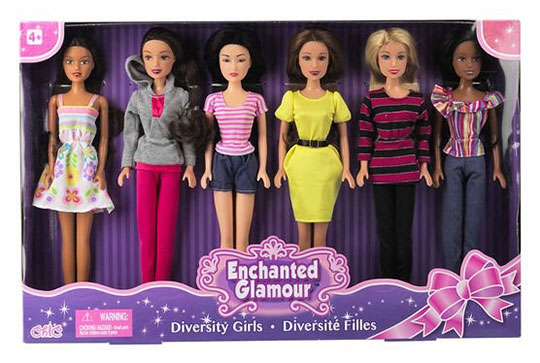
Canadian Retailer London Drugs Debuts Exclusive “Diversity Dolls” Collection
The share of immigrants in Canada has reached its highest level in almost a century, according to 2016 census figures released in October.1 This population diversity in Canada is driving demand for more variety and inclusion in everything customers purchase, including toys. This holiday season, Canadian retailer London Drugs is responding to the demand by expanding its toy category to include Diversity Dolls; a collection of six dolls from different cultural backgrounds. The hope is with more options on store shelves, parents can select toys that provide children with a more authentic representation of the ethnic diversity in Canada.
“The country’s makeup is more diverse now than in any other generation and we’re factoring this into many of the merchandising decisions we make; including the toy category,” explains Dan Moy, London Drugs’ long-time merchandise buyer, and father of three. Moy worked directly with the doll manufacturer to select and assemble the individual dolls as a set, which is available exclusively at London Drugs with anticipation the dolls will be a popular toy for gift-giving during the upcoming holiday season.
Moy says there is little doubt that the multicultural toy category will continue to grow particularly when you look at the immigration trends.
Today, 7.7 million Canadians belong to a visible minority. Additionally, four in ten Canadian children under the age of 14 have at least one parent born abroad. If recent immigration trends continue, nearly half of the population of Canada will likely be immigrants or children of immigrants by 2036.2
Products like London Drugs’ Diversity Dolls are a progression toward creating a toy aisle that reflects the diversity of Canada today and in the future.
Diversity Dolls are now available in stores and at LondonDrugs.com.
[1] Immigration and ethnocultural diversity: Key results from the 2016 Census

